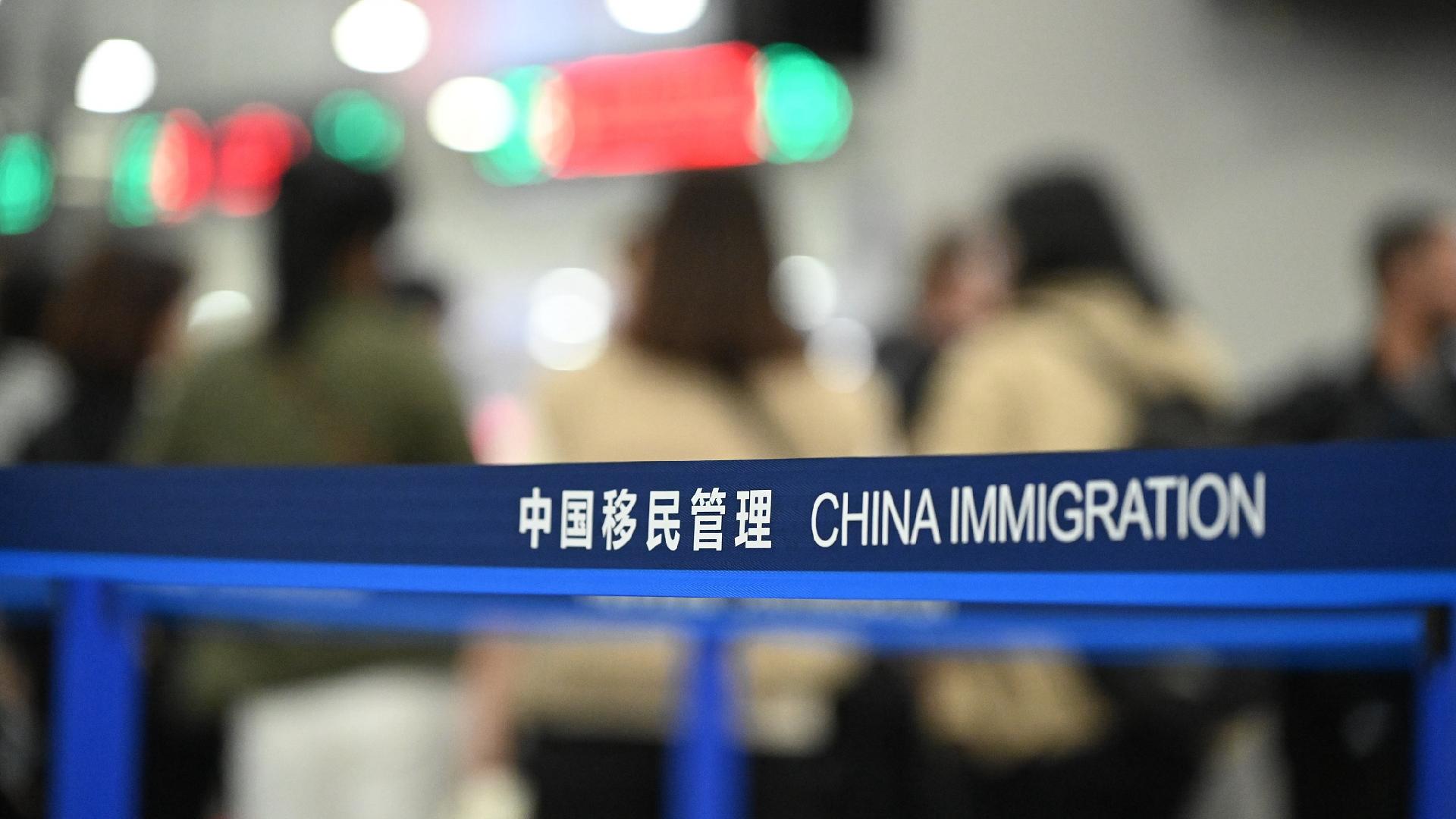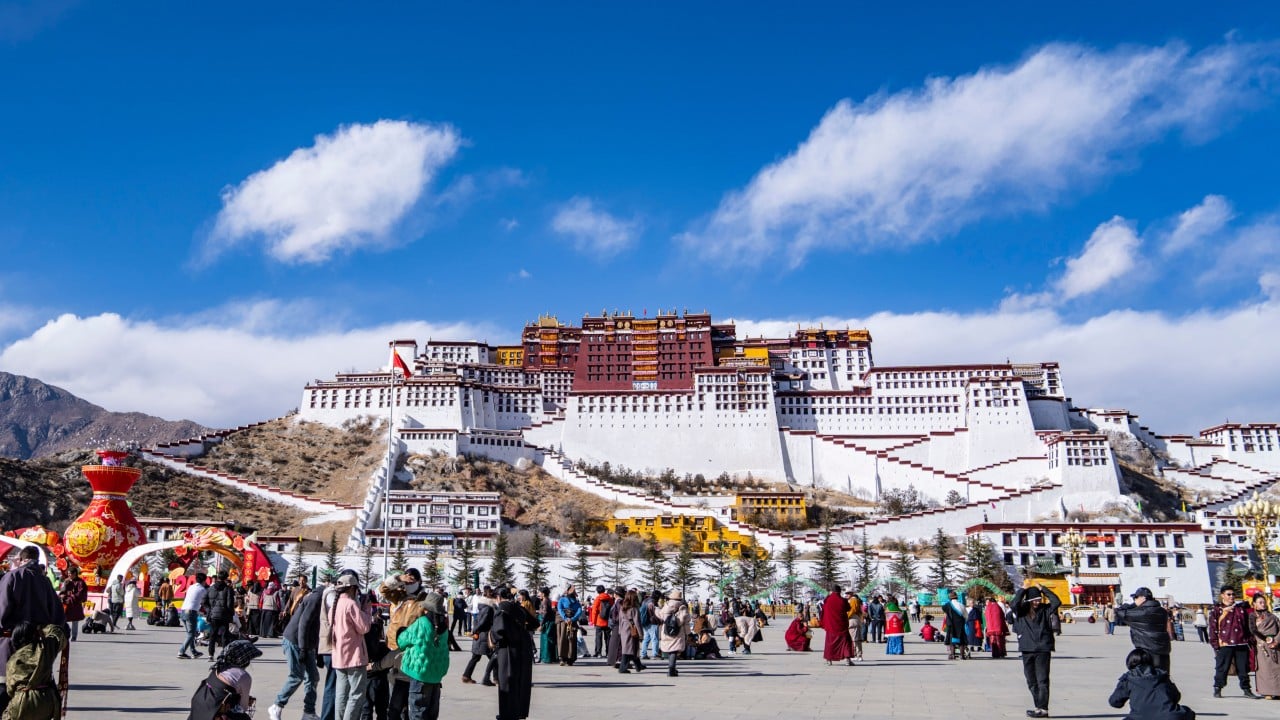
China and Japan, two neighboring countries, have shared centuries of cultural exchange.
Traditional architecture in both countries goes beyond functional design it embodies aesthetic ideals and cultural values.Chinese temples reflect a deep respect for order and the divine, with symmetrical layouts, imposing structures, and a strong sense of hierarchy.
Buildings such as the Temple of Heaven in Beijing and the Foguang Temple in Shanxi feature tiered eaves, brightly painted beams and axial alignments all symbols of cosmic harmony and royal authority.In contrast, Japanese temples are shaped by Zen philosophy.
The Kinkaku-ji (Golden Pavilion) in Kyoto and the Todai-ji Temple in Nara blend architecture seamlessly into their natural surroundings, inviting quiet reflection and inner peace.Chinese palaces, especially the Forbidden City in Beijing, project immense power and formality.
With hundreds of buildings arranged along a strict central axis, these complexes were designed to express the emperor's supreme authority.
The use of red walls, yellow glazed tiles and richly decorated interiors underscores the imperial symbolism of Chinese palaces.Japanese palaces such as the Kyoto Imperial Palace and Nijo Castle, however, place more emphasis on human comfort and spatial flexibility.
Sliding doors and tatami mats create adaptable interiors that blend indoor and outdoor spaces, making these residences feel more approachable and livable, rather than purely ceremonial.Despite their differences, Chinese and Japanese architectures have long influenced one another.
Early Japanese temple architecture, especially in Nara and Kyoto, drew heavily from Tang Dynasty styles.
In later centuries, Chinese scholars and architects also began to appreciate and adopt elements from Japanese design, such as Zen-inspired spatial arrangements.

 6
6


















